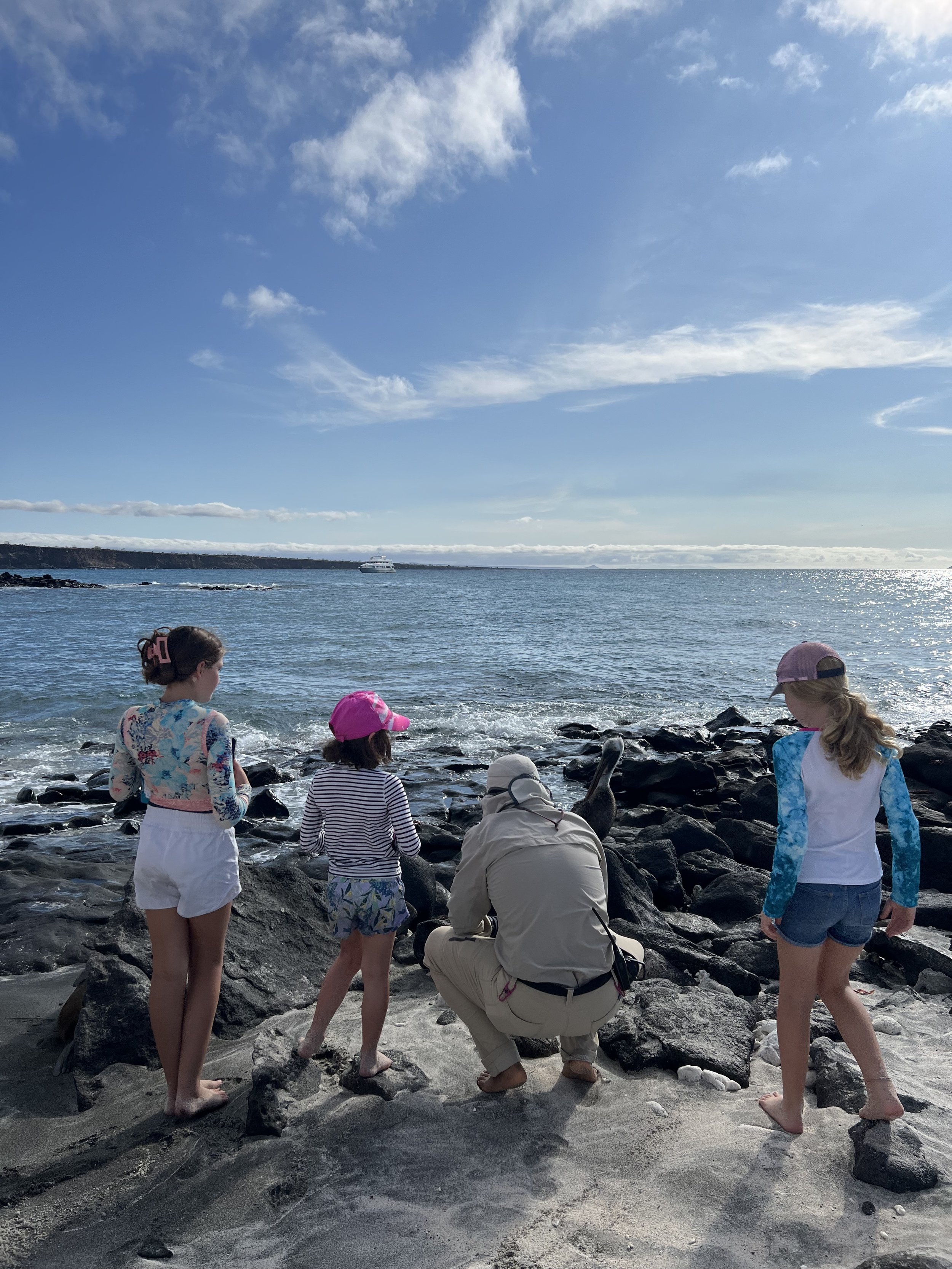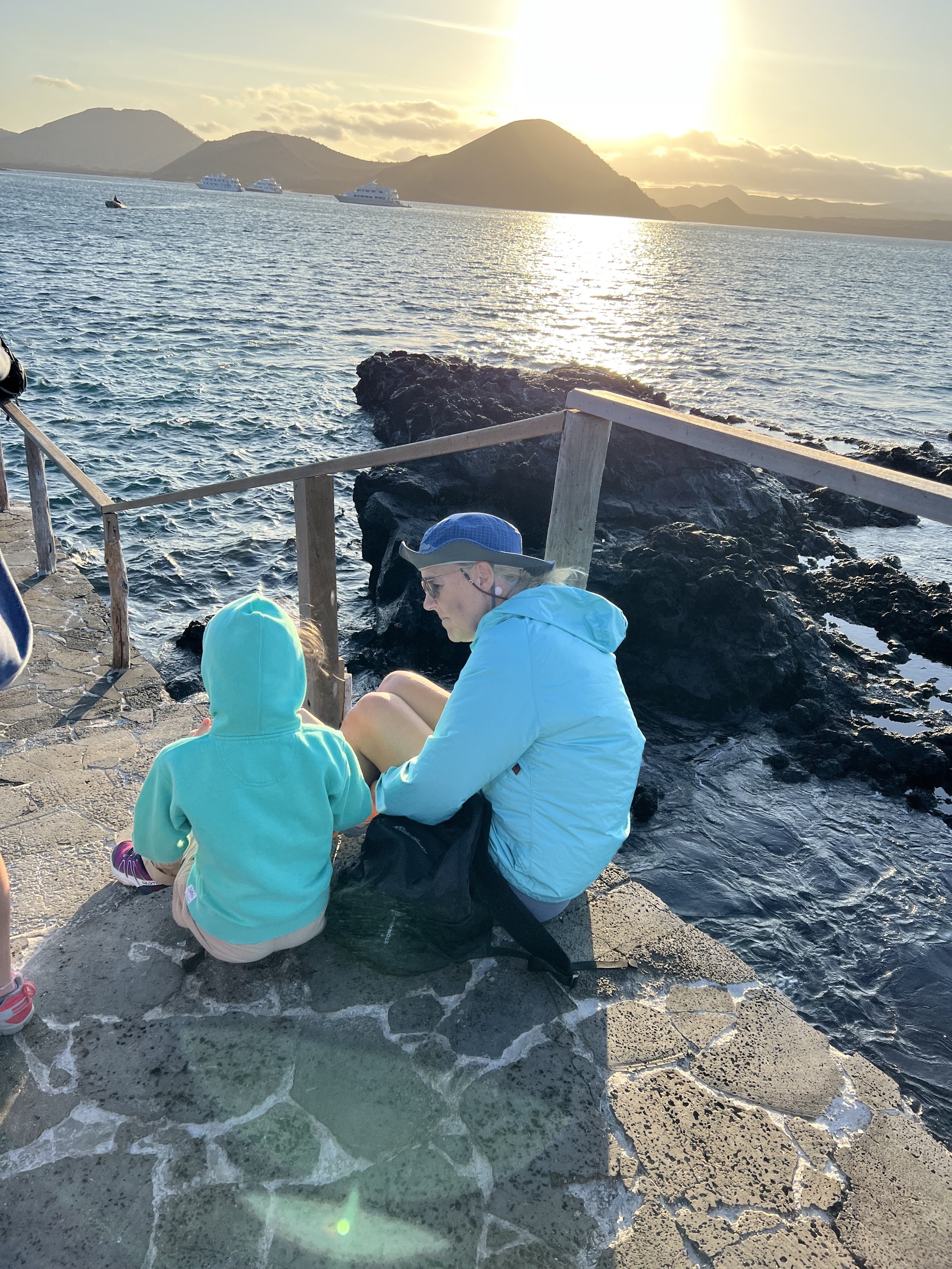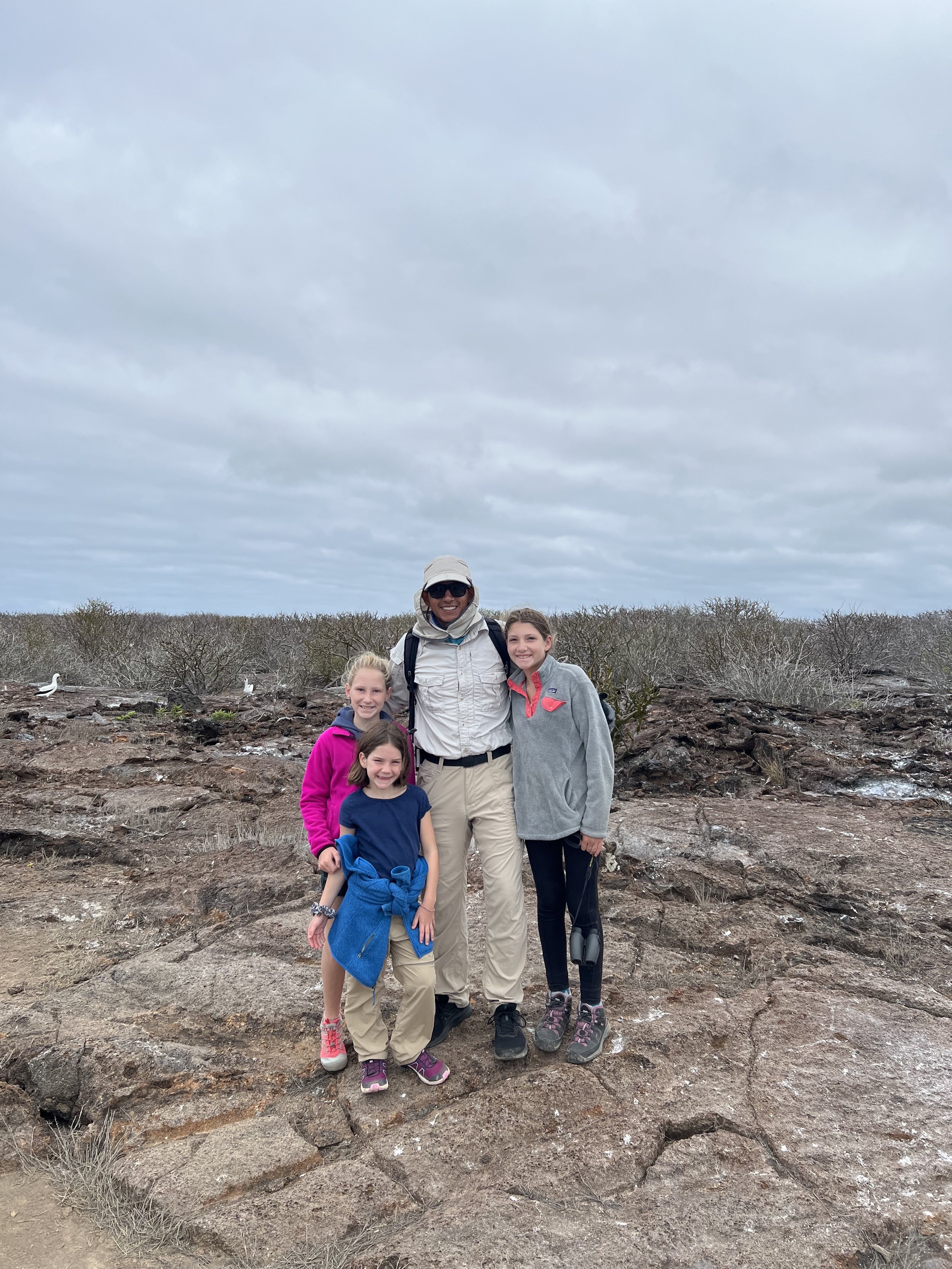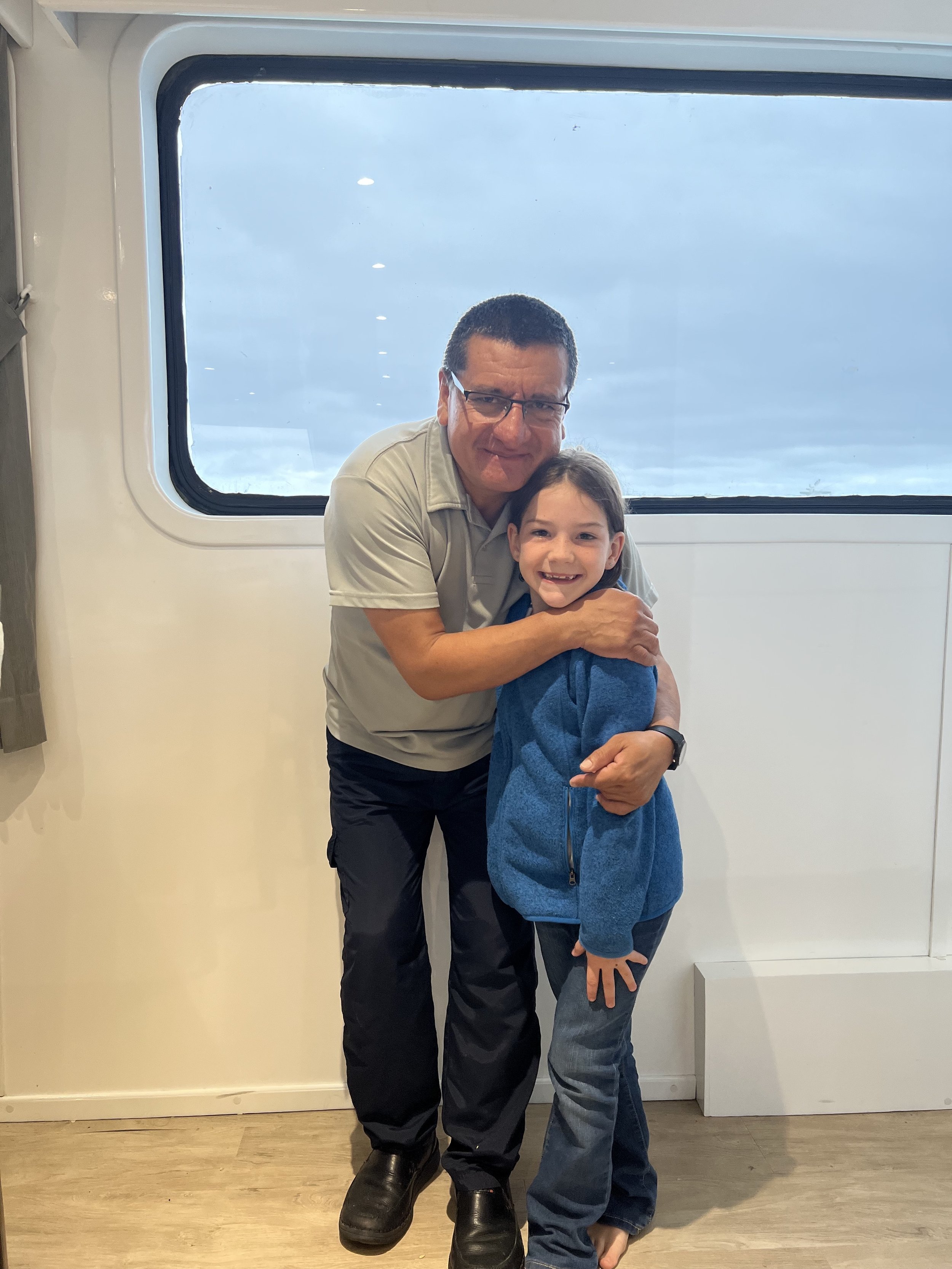GALAPAGOS ISLANDS
Just over one week ago, on Friday, October 7th, we arrived in the Galapagos!

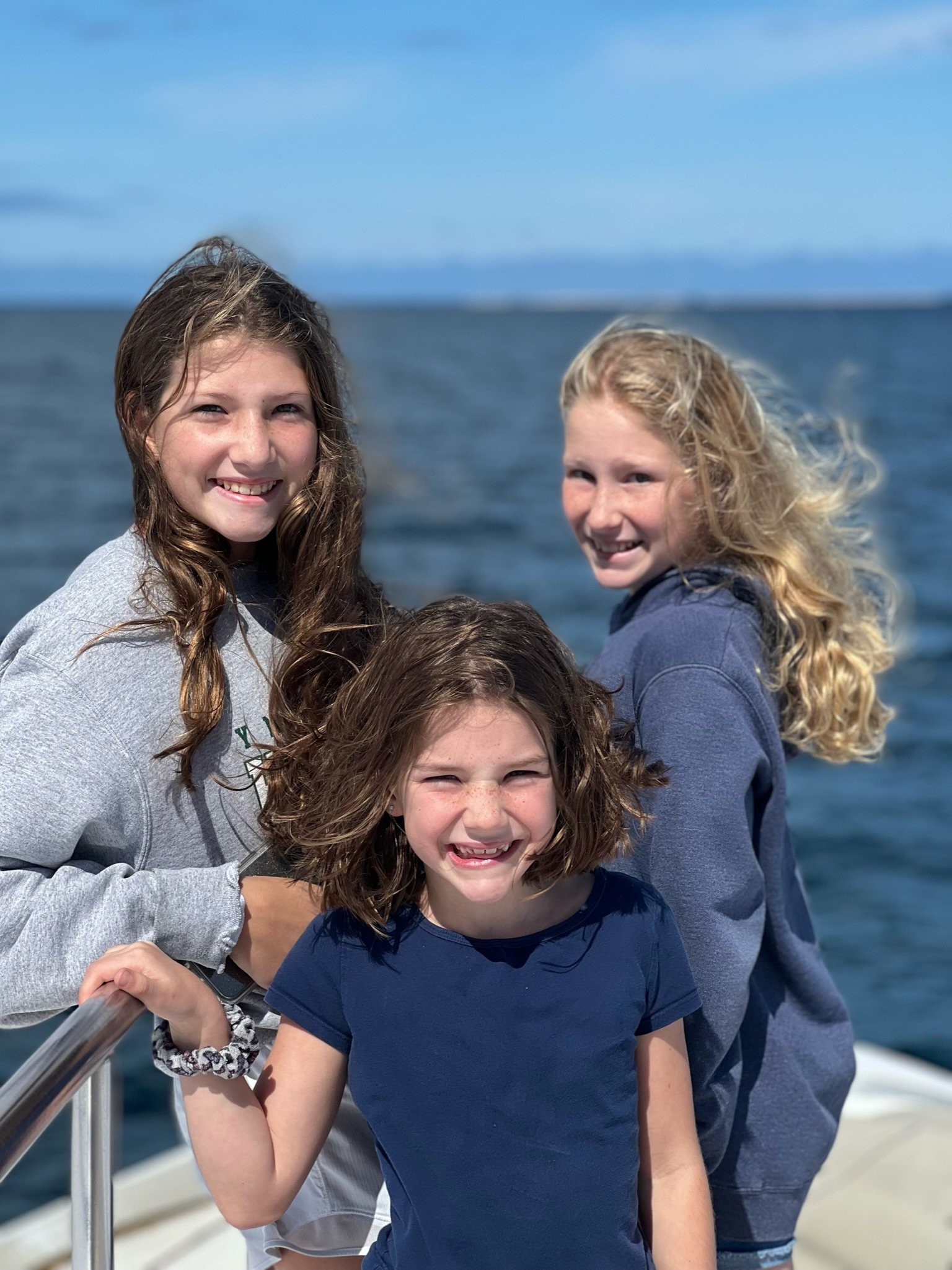
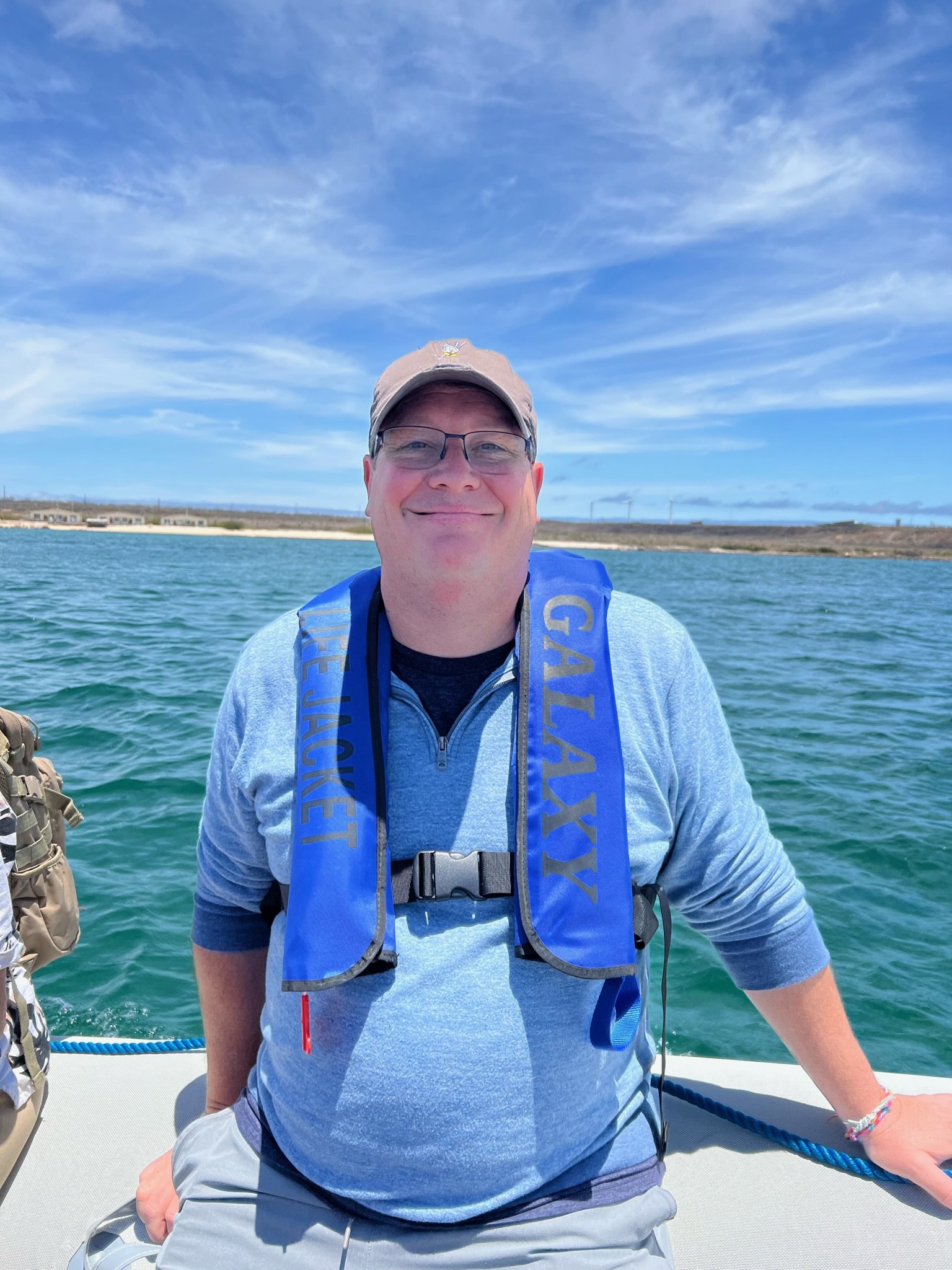
Danny, our tour guide and naturalist for the day, met us at the airport and we immediately began our exploration of Santa Cruz Island by land.
We saw “The Twins” craters (Los Gemelos) and then walked through a lava tunnel that is nearly 1/2 a mile long, learning all about volcanoes as we explored.
We visited Rancho Primicias to see and learn about the giant tortoises native to the Galapagos.
We walked 2 miles along a winding, stone path lined with cactus trees to Playa Brava, one of the longest white beaches in the archipelago, and found sea iguanas snuggling in for an afternoon siesta.
We kayaked around Tortuga Bay and spotted turtles, crabs, and (gasp!) sharks.
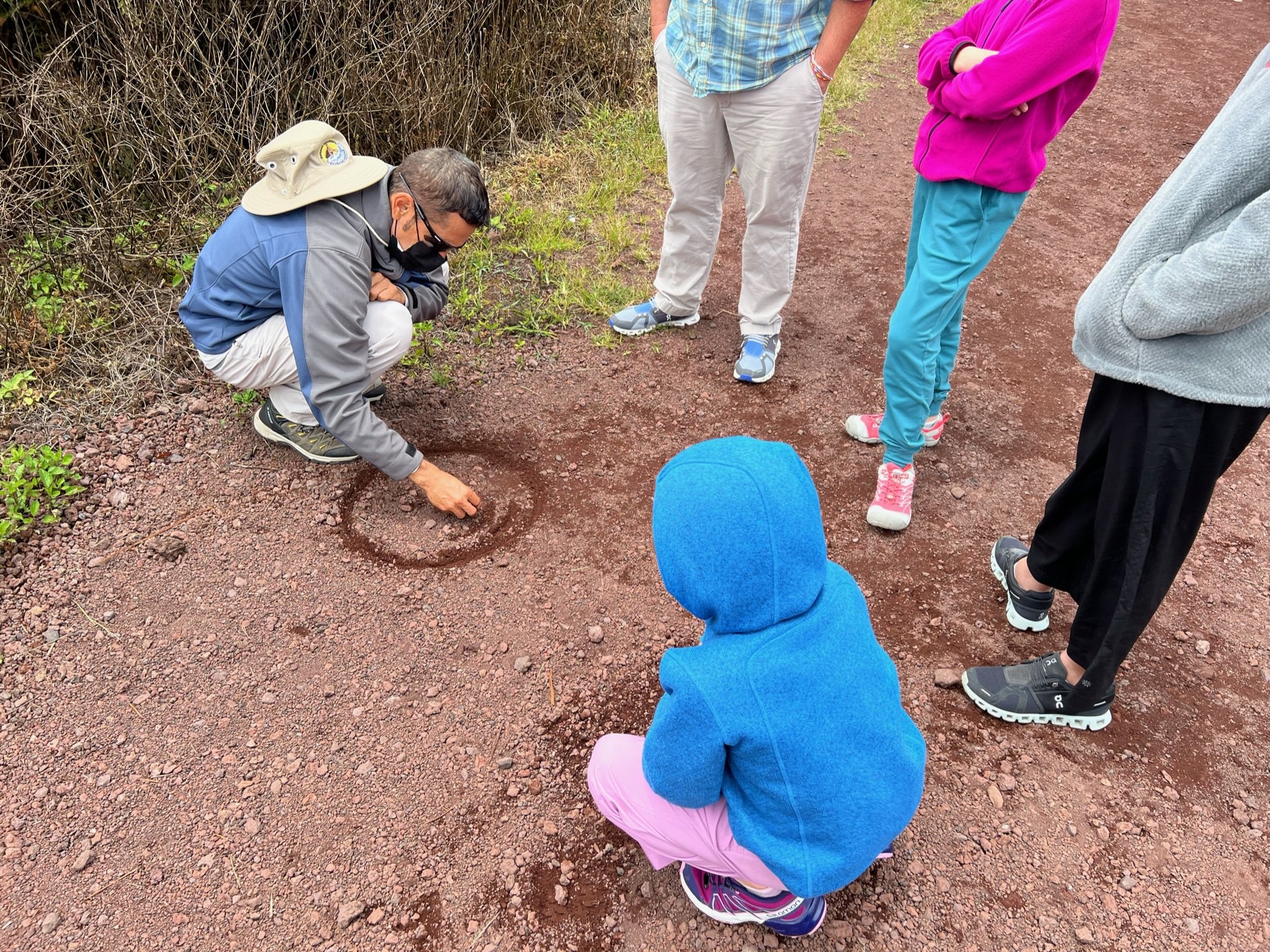
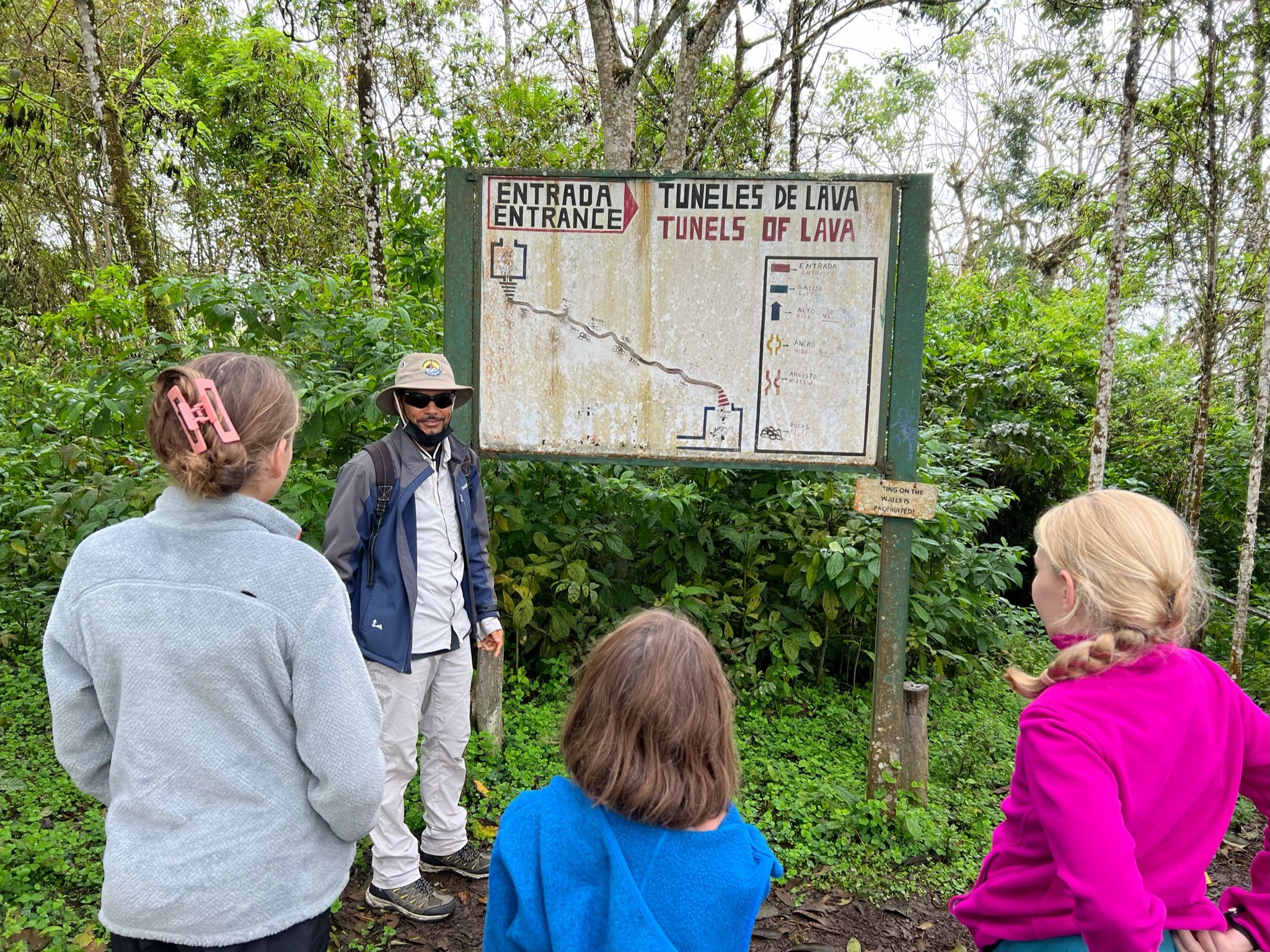



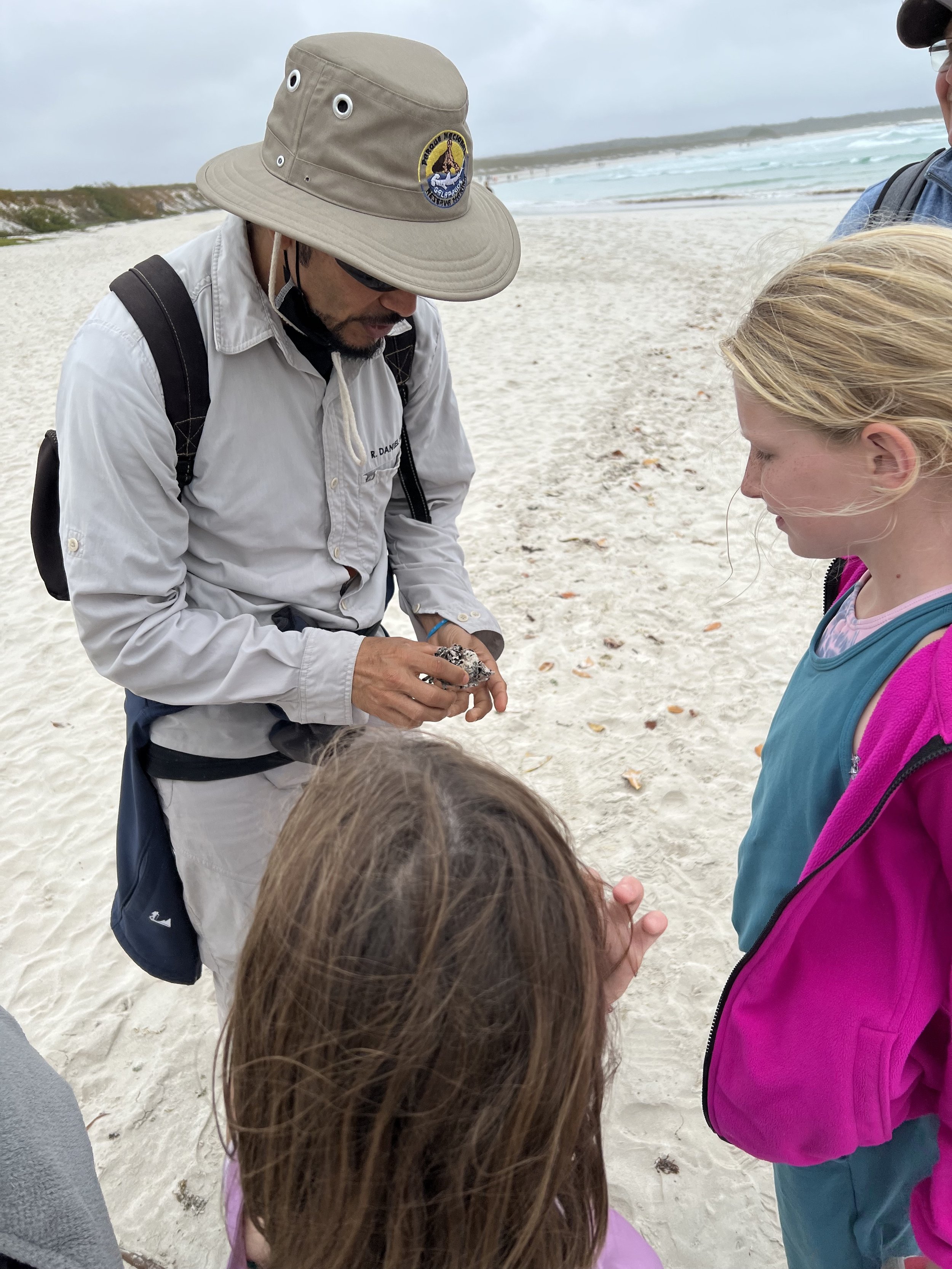

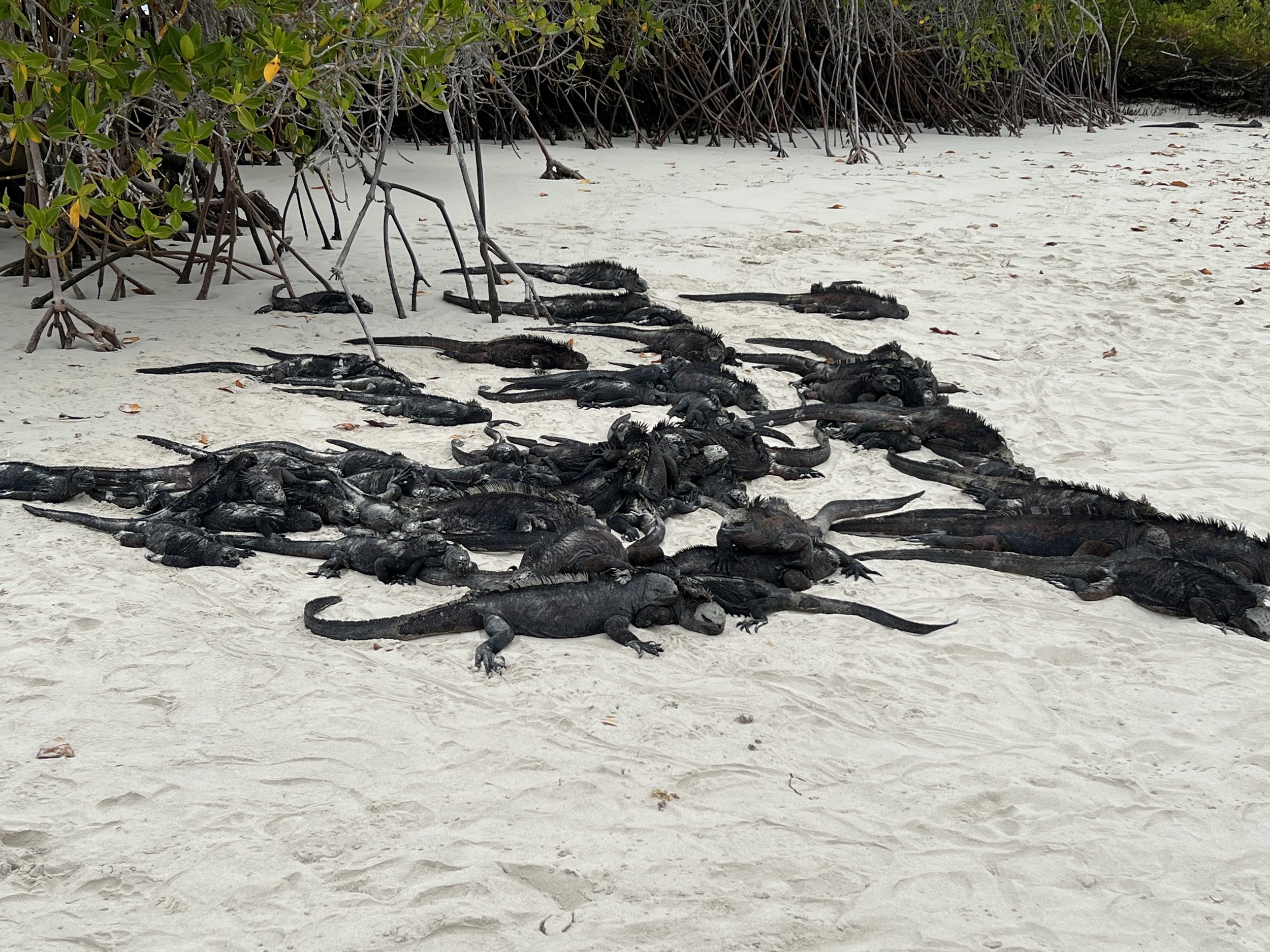
The next morning, our explorations by sea began. We met Chris, our tour guide and naturalist, who brought us by shuttle bus then panga to our home for the next three days — The Galaxy I ship. With an “Aye, matey!” we boarded the ship, excited for all that was to come. Our itinerary was full for those three days:
On Saturday, we visited Seymour Norte Island, where we saw hundreds of sea lions sunning themselves in the sand and body surfing in the crystal clear waters.
Overnight, we sailed to Santiago Island, where we snorkeled in the cold waters of Sullivan Bay on Sunday morning and Bartolomé that afternoon. We walked on top of a “young volcano” (just 160 years old), and we followed a wooden staircase up 375 ft to a summit with gorgeous views of Pinnacle Rock.
Next, we sailed through the night to Genovesa, which is a large submerged volcanic crater. We climbed Prince Philip’s Steps that morning, explored Darwin Bay, snorkeled and kayaked throughout the day.
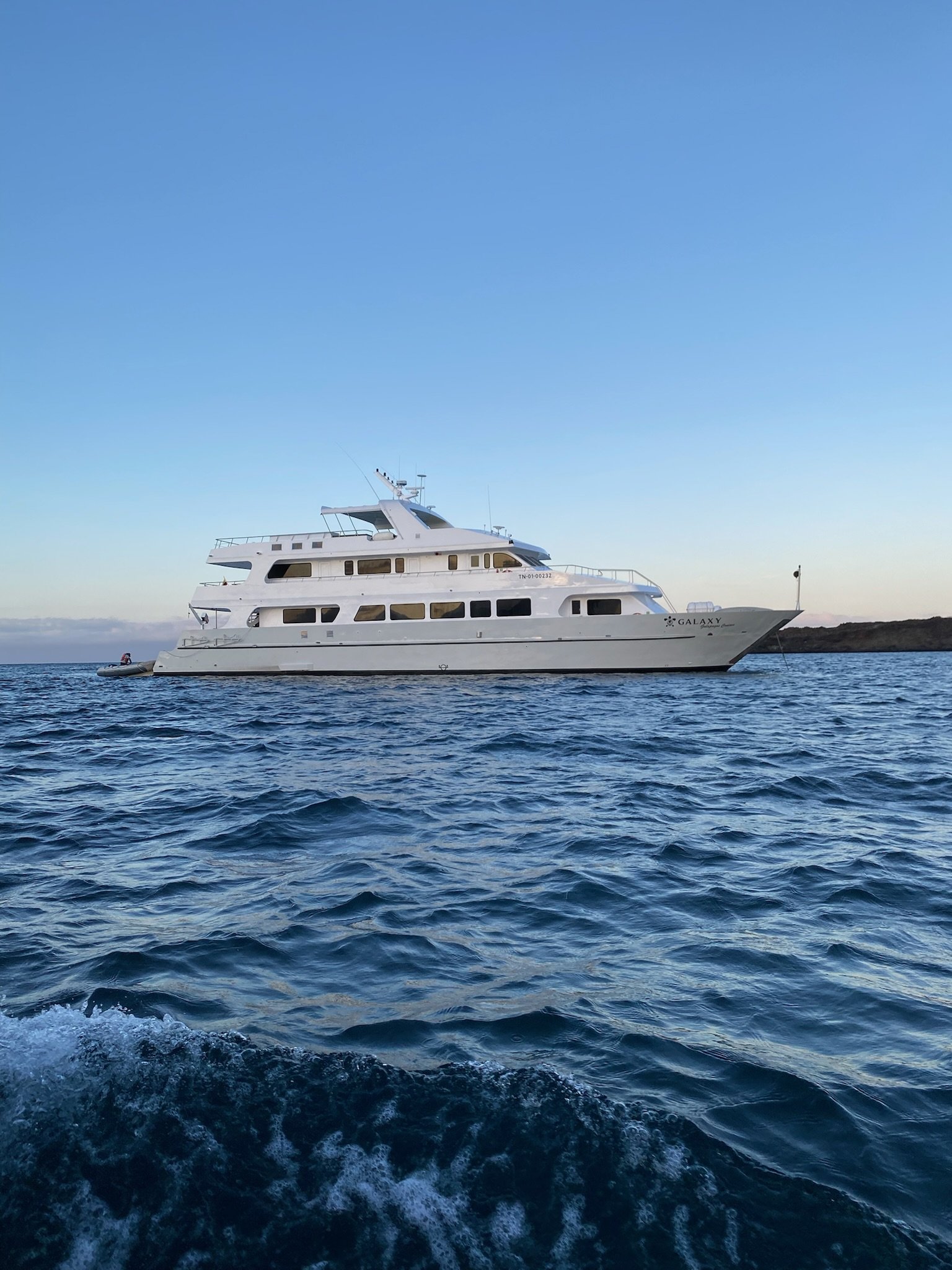
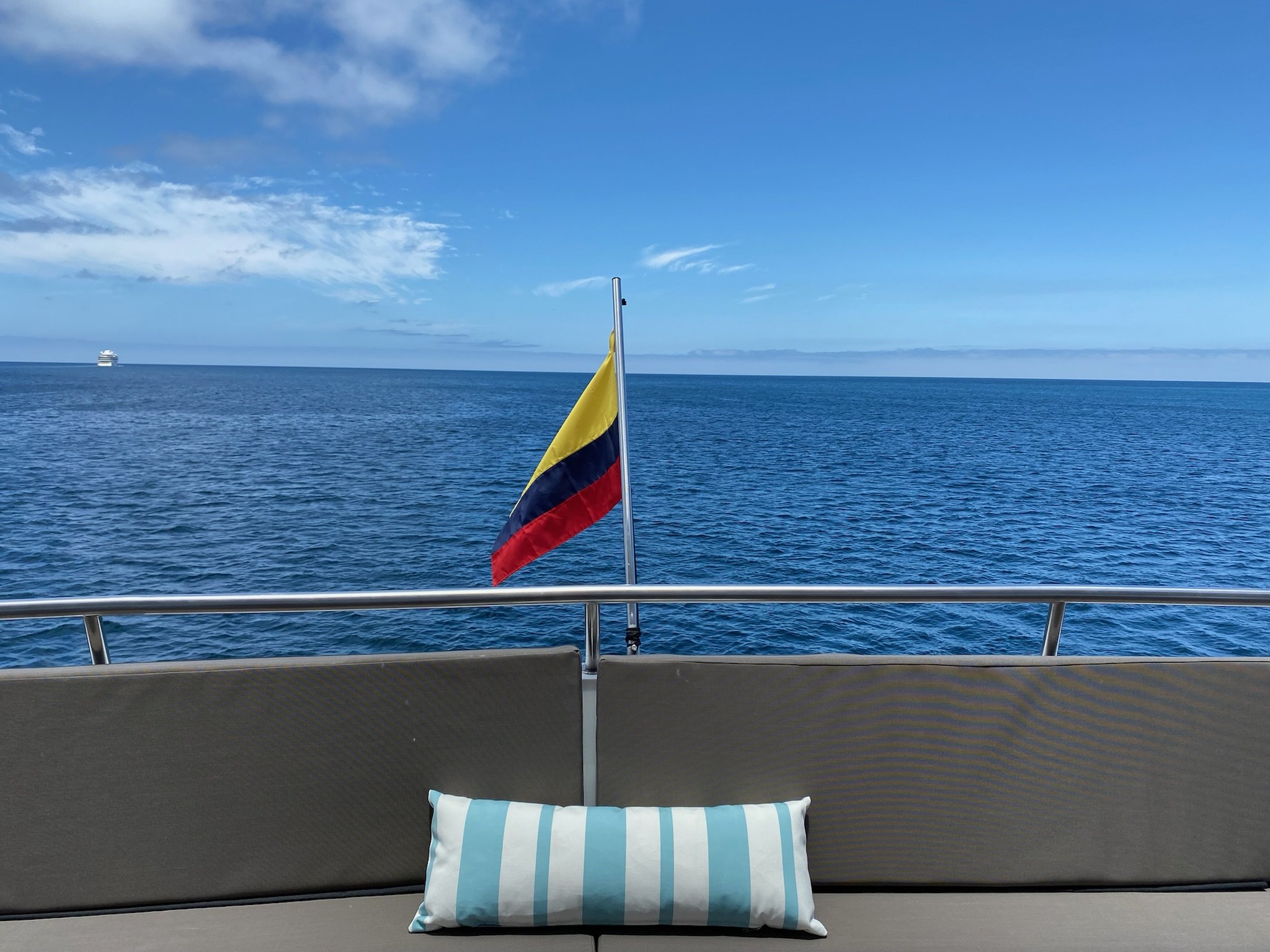
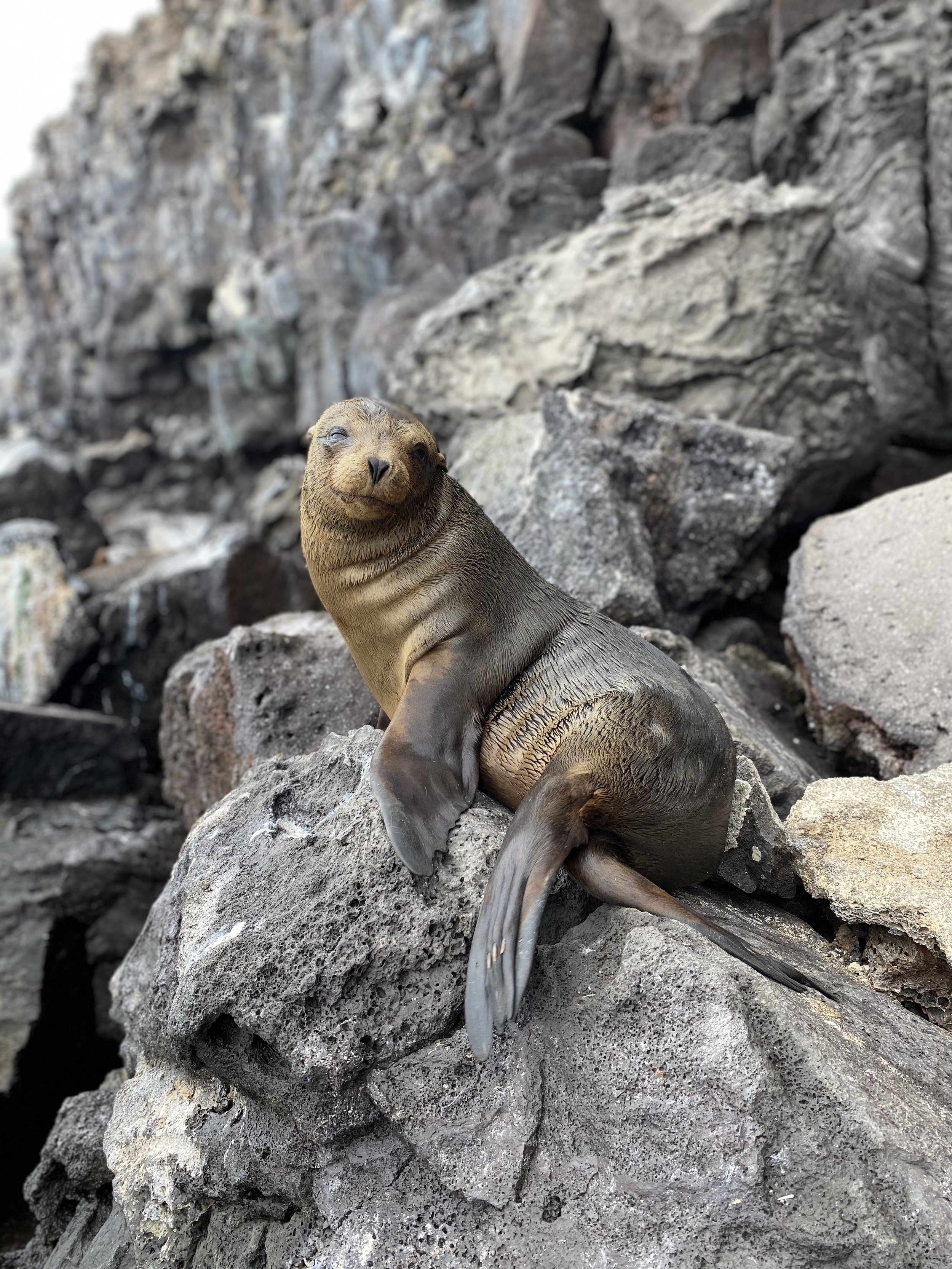
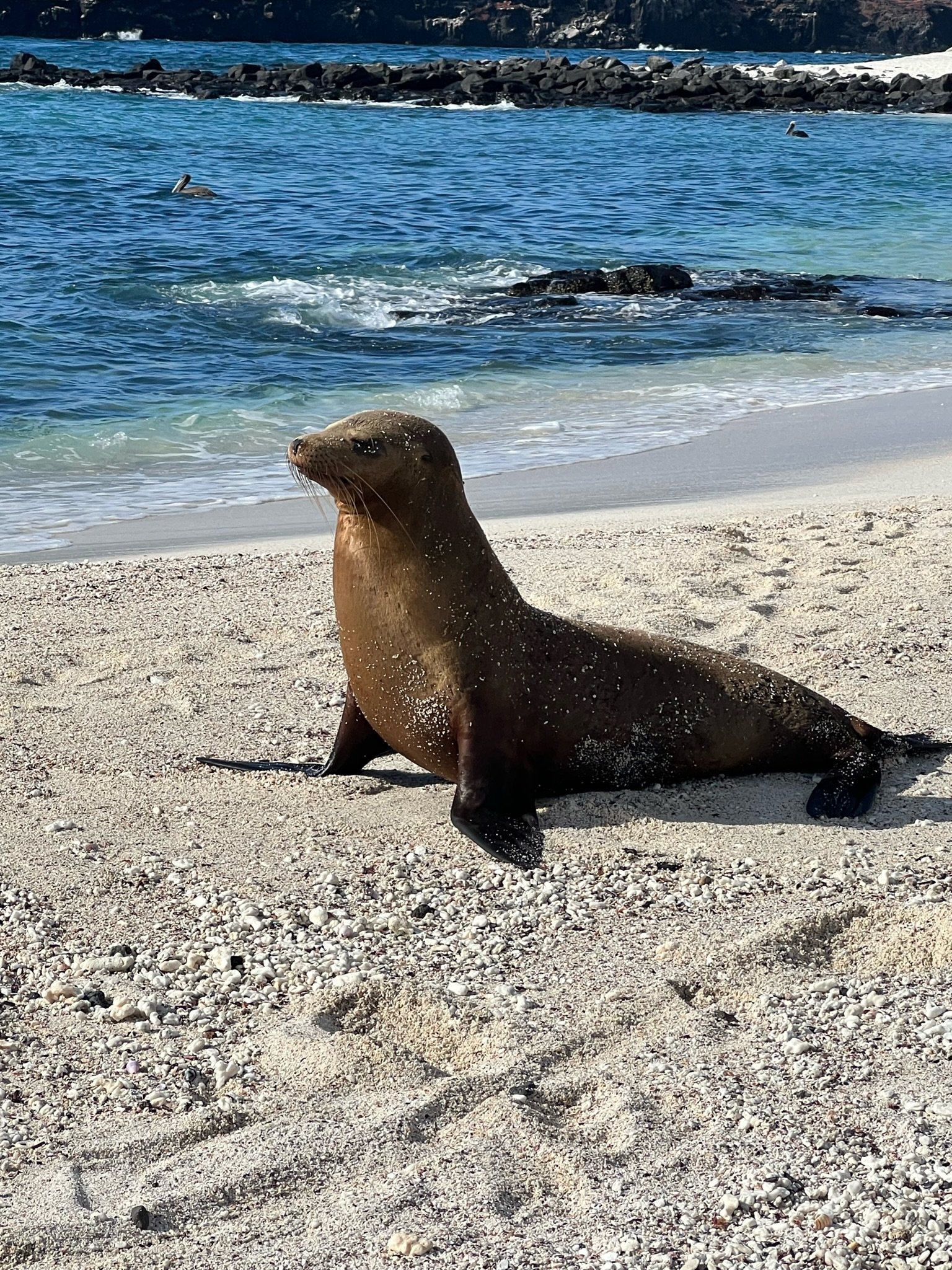
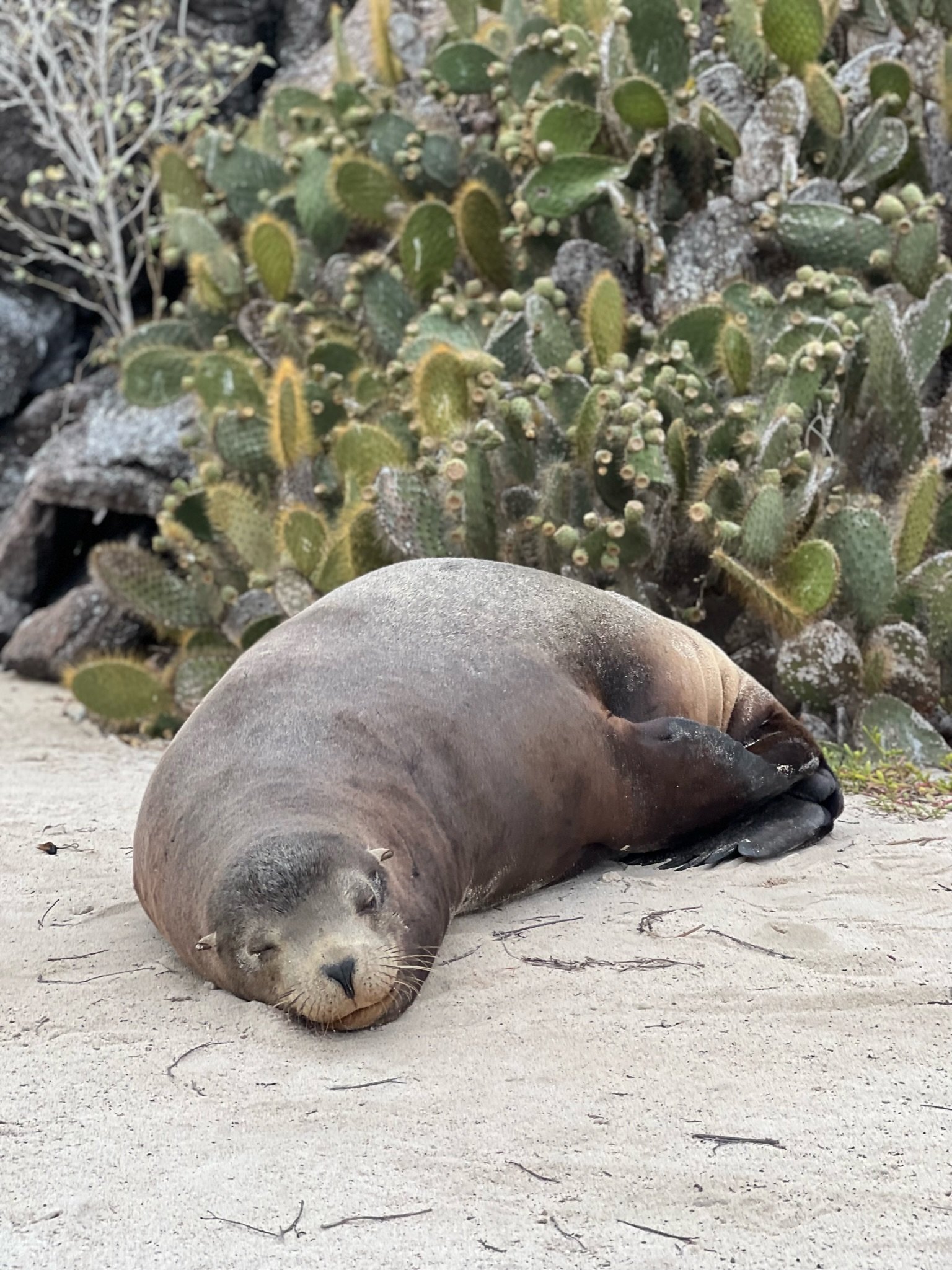
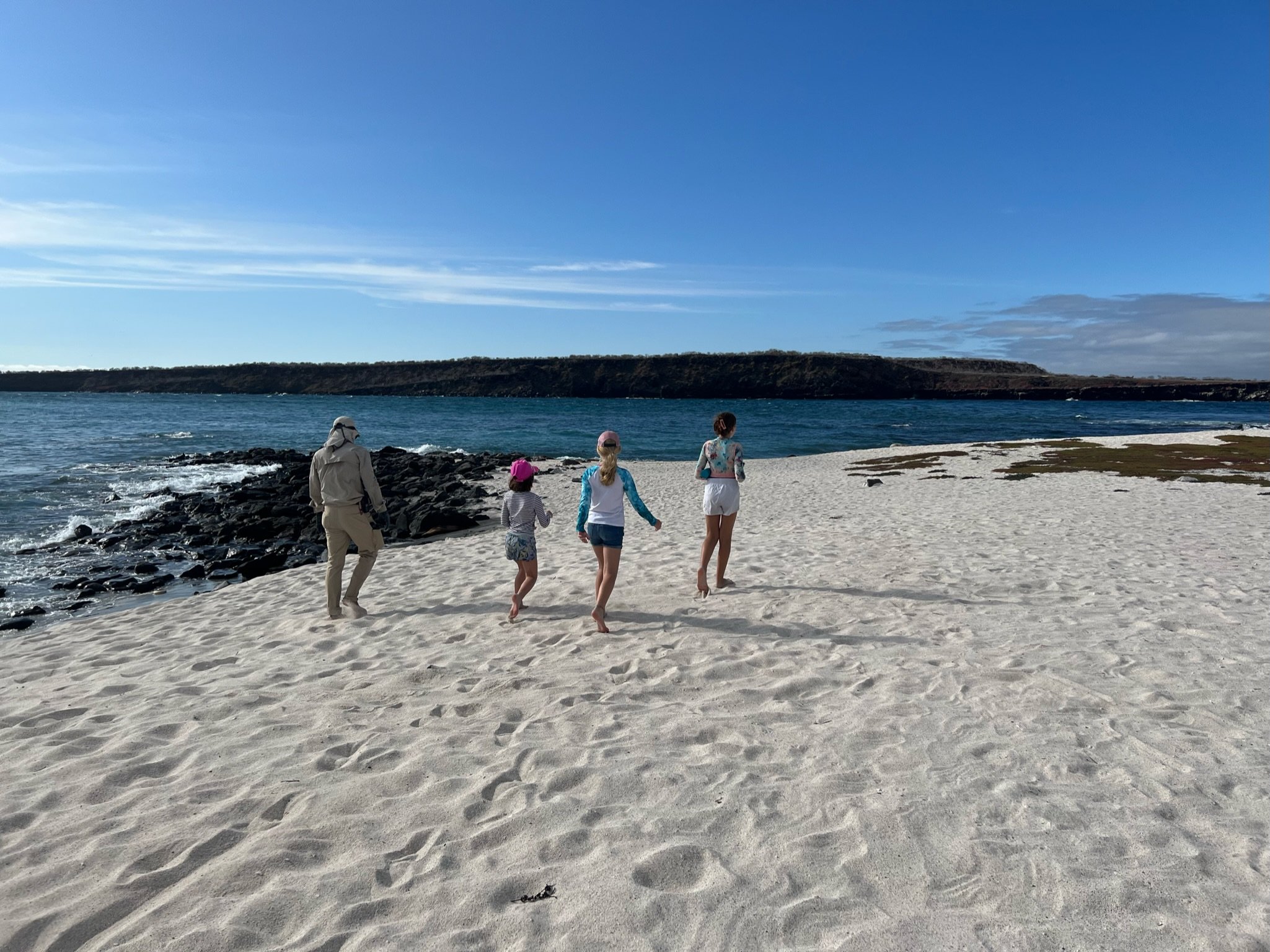

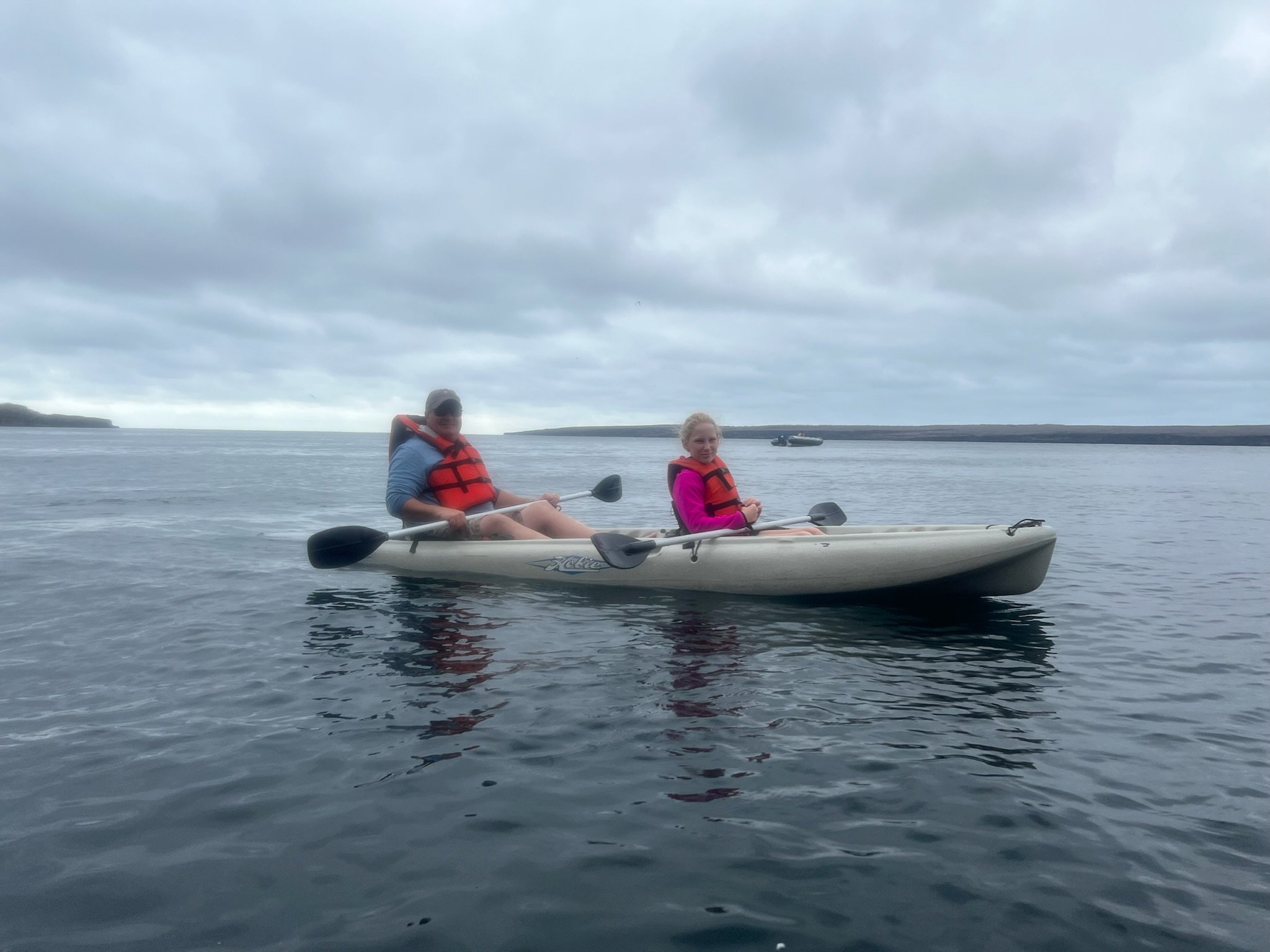
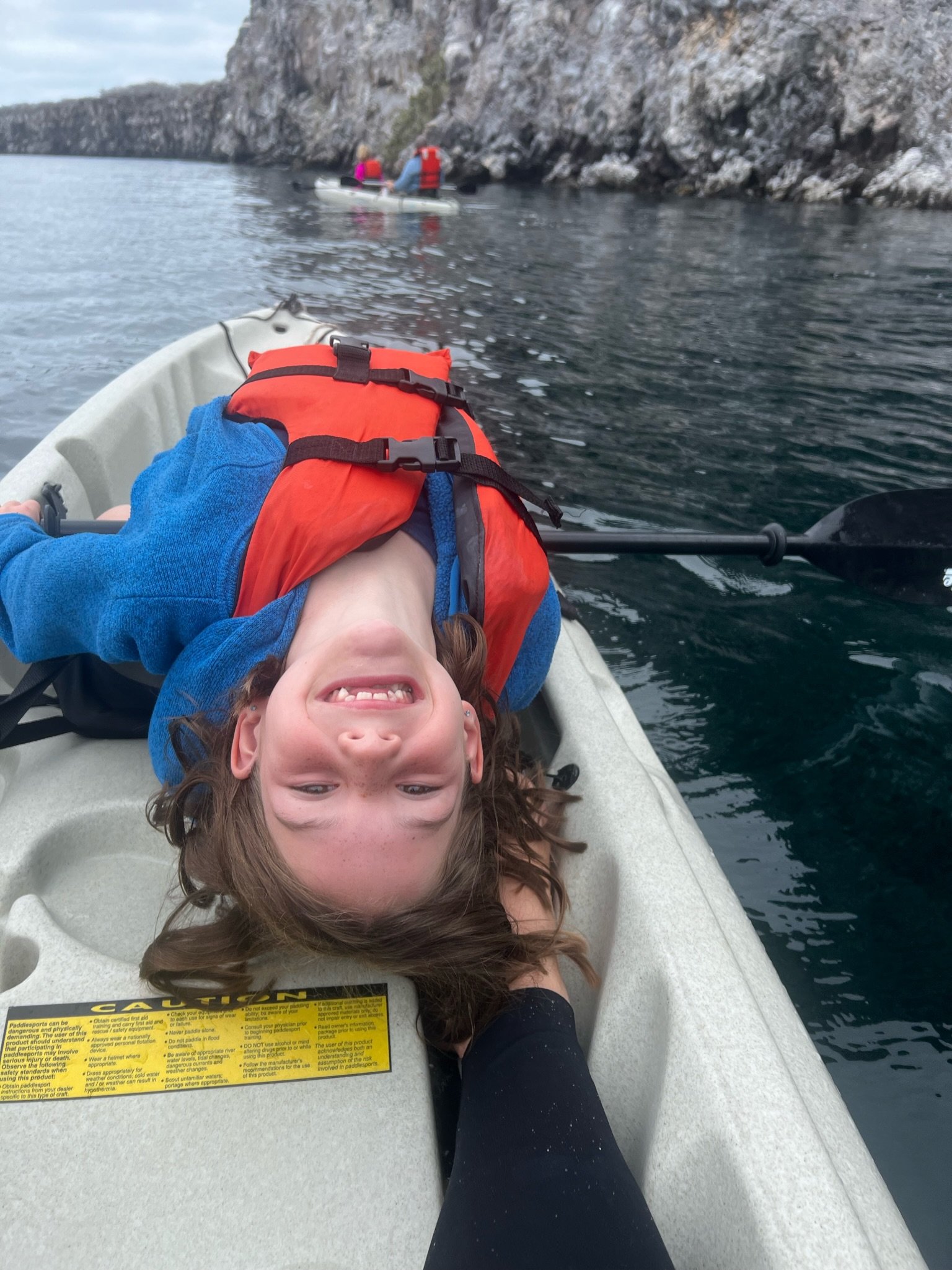
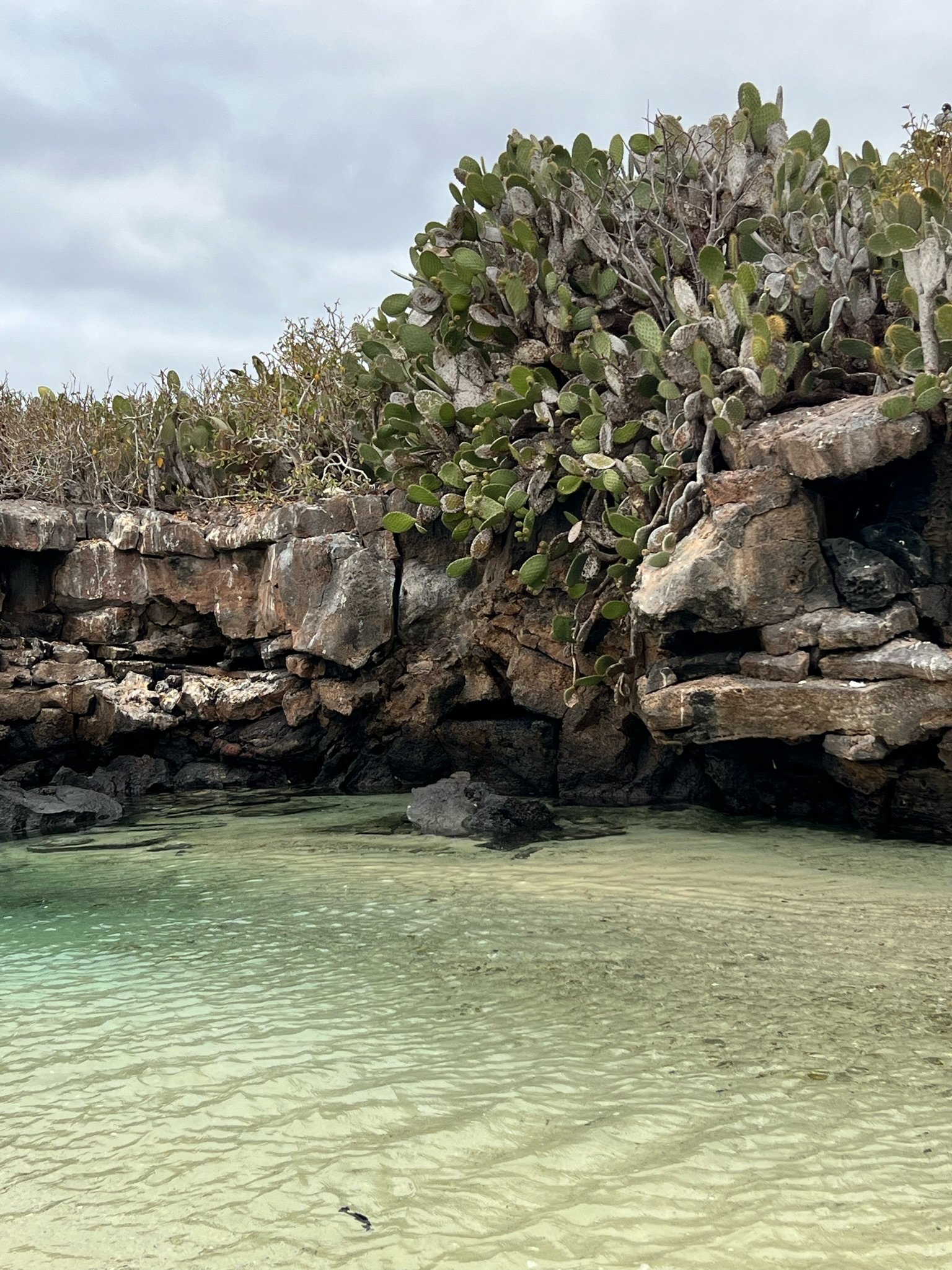
During our four days in the Galapagos, we saw so many animals (sea iguanas, sea turtles, tortoises, sharks, sea lions, fur seals, blue and red footed boobies, owls and birds, birds, birds), we made new friends, and the students at the Noonan Academy of Explorers had the best science teachers ever. We are beyond grateful for our time on these magical islands.
